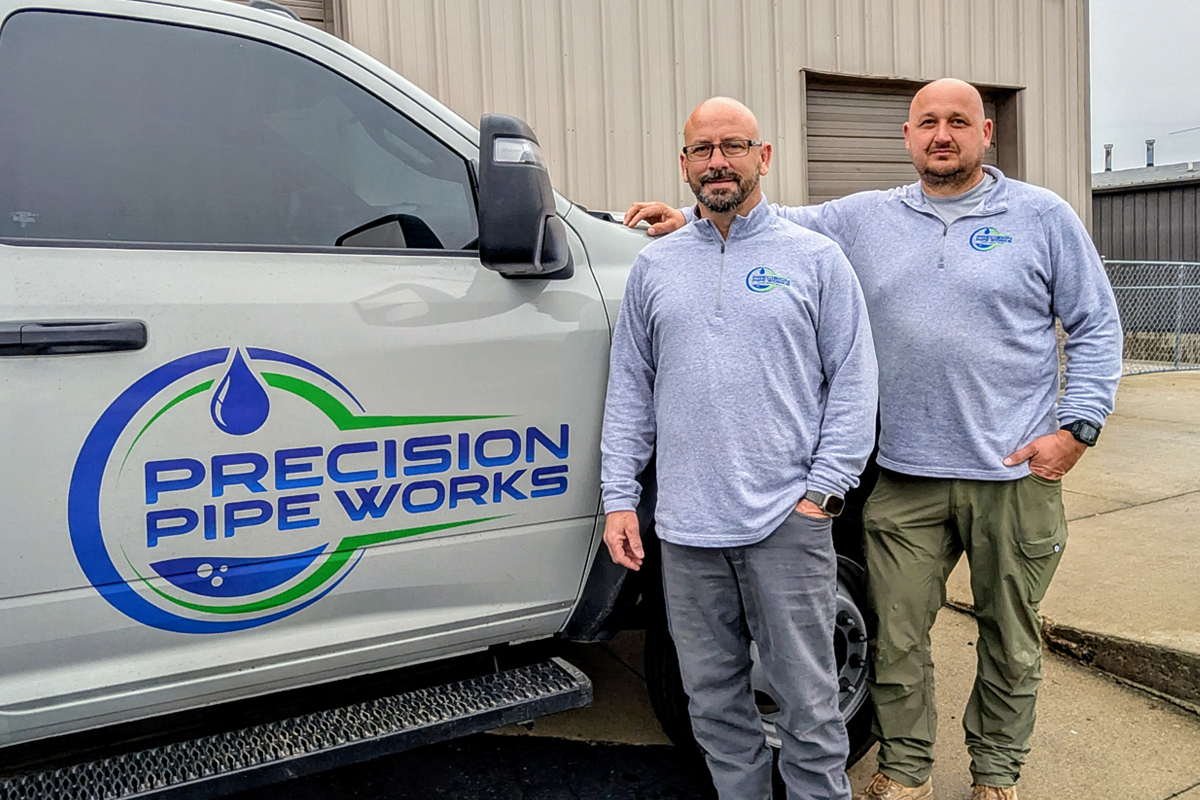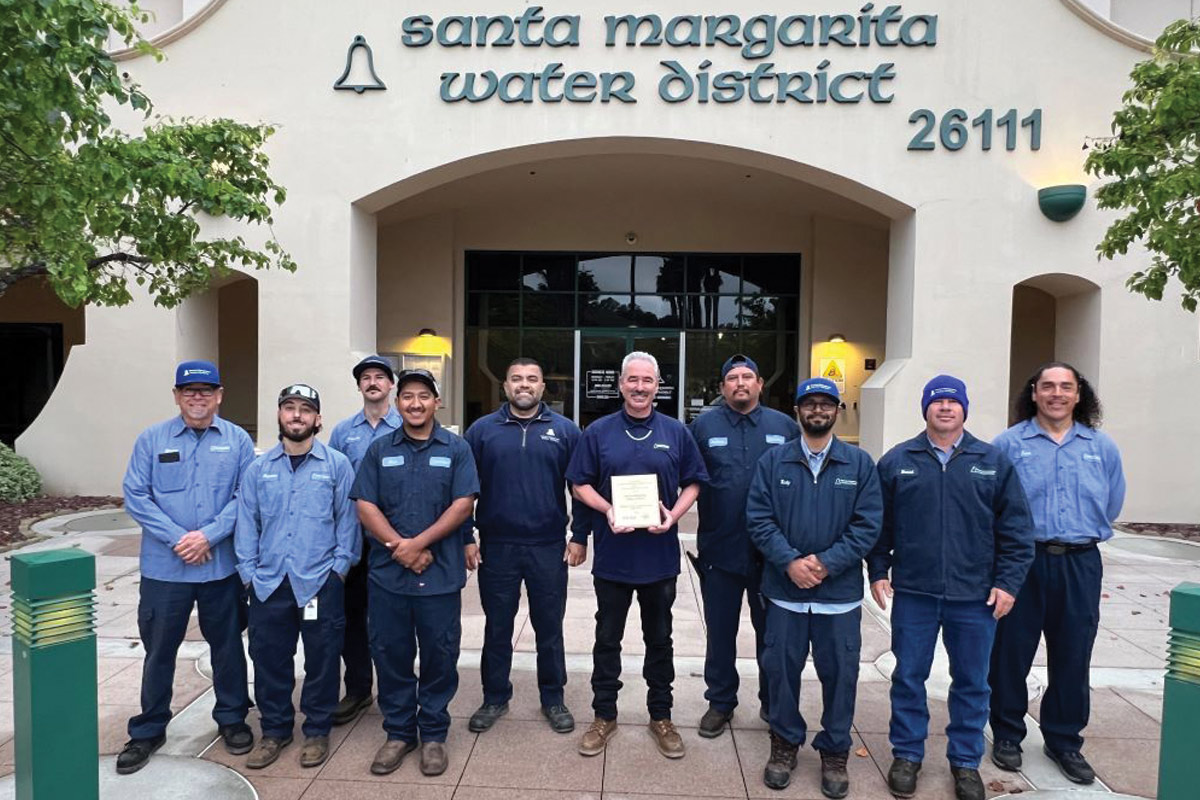
Understanding the Basics of Asset Life Cycle Costing and Risk Based Criticality Scoring Using a GIS Centric Approach
Asset management is a core business principle and practice that will underlie everything an organization does. Decision making requires the data collection, management and analysis.
All municipalities and utilities are made up of assets — either linear or buried assets or vertical assets. For a road or street system, these are the physical assets which include the street, pavement, curbs, gutters and other components. For a water utility, these are the physical components of the system and can include: pipe, valves, tanks, pumps, wells, hydrants, treatment facilities, and any other components that make up the system.
All physical assets, except for land, degrade and lose value over time as the asset ages and deteriorates through use. Costs of operation and maintenance will increase as the assets condition deteriorates. At some point, the asset owner will need to analyze the financial impacts of funding additional maintenance or making repairs or replacing the asset.
RELATED: Zoom Camera Technology Aids in Development of Long-Term Asset Management Initiatives
Not all assets are created equal and not all failure is created equal. Some assets may be highly critical to a system’s operation, while others are not. Certain types of assets may be critical in one system location but not in another. Each system must carefully examine its own assets to determine which are critical and why. To effectively manage the complexity of public infrastructure and assets, GIS must be at the heart of the data collection solution. GIS-centric technology serves as the system of record for risk-based assessments. Basic data identifiers— such as asset attributes, location, age, condition assessments, failure history and more — provide valuable information for calculating risk.
A computerized maintenance and management system (CMMS) which collects cost (equipment, labor, materials) in work orders and inspection asset condition data provides the foundation of making cost-effective decisions. Ninety percent of water and wastewater utility assets are land based with a GIS location which can be recorded in a geo-database. Using a GIS-centric platform such as data from Cityworks Operational Insights and ArcGIS, an asset management risk model can be developed. If a utility does not maintain an asset, the condition will degrade creating the need for more costly repairs. If the repair and rehabilitation work is not completed, the condition of the asset will progress to failure and need replacement, which is more costly that repairs. This system of insight allows utilities to determine how to prioritize maintenance dollars and capital expenditures as part of asset life cycle cost management practices.
RISK-BASED ANALYSIS AND CRITICALITY SCORING
In order to determine asset criticality, two questions must be asked: 1. What is the likelihood the asset will fail? 2. What are the consequences if the asset fails? These questions establish two important asset valuations: the probability of failure (PoF) and the consequence of failure (CoF). Together, these factors can help rank assets and create meaningful arguments for capital improvement.

(Figure from “The 2016 Comparative Review: Municipal Maintenance and Infrastructure Asset Management Systems,” Water Finance Research Foundation, 2016)
PROBABILITY OF FAILURE (PoF) ANALYSIS
The probability of failure reflects an asset’s GIS attributes and considers ways in which the asset might fail. For example, a pipe system could be divided into pipe segments. The performance parameters for each pipe segment might include structural condition, maintenance condition, material type and hydraulic capacity. These parameters can be weighted based on the input, and the probability of failure factors can be assigned a scoring scale of 1 to 5.
CONSEQUENCE OF FAILURE (CoF) ANALYSIS
The consequence of failure expresses the implications of an asset failure. It’s important to consider all possible impacts. Costs obviously include the financial expense of direct repair and collateral damage, but they also include social, environmental and legal costs. Taking underground pipes for example, costs beyond immediate repair include:
- Major users – impact of service interruption for hospitals, school and industries.
- Community and environmental impact – costs associated with community health, safety and perception, as well as environmental protection requirements.
- Service area – impact associated with service interruption throughout the city as the service area increases.
- Critical crossings – construction issues associated with replacing or installing a relief line at critical crossings such as utilities, waterways, railroads and major thoroughfares.
The assessment of these consequences can also be assigned a scoring scale of 1 to 5.

(Sample mitigation approaches based on risk, figure from “Practical Condition Assessment and Failure
Probability Analysis of Small Diameter Ductile Iron Pipe,” Water Research Foundation Project 4661, 2018)
RISK OF FAILURE
Once you’ve calculated the PoF and CoF for each asset, you can determine the product of the two. This calculated value represents the business risk of failure for each asset. Critical and high-risk assets are represented in red. Using the 25-point matrix, an organization can set its own priority levels and color coding.
RELATED: WE&RF Releases ‘Asset Management of Force Main Infrastructure’ Report
The results can be used to develop an overall system improvement plan, as well as a prioritized list for targeted maintenance and inspection programs. It’s important to periodically review the criticality analysis and make adjustments to account for changes in the PoF and CoF. Costs may go up over time, or a community may experience new growth. If an old asset fails and is replaced with a new asset, its criticality number will decrease now that the new probability of failure is much less. Likewise, when trenchless technologies are applied by either using condition assessment techniques or trenchless technologies to extend the service life or structural integrity of underground water pipes, the risk of those water pipes will be reduced.
The risk-based asset management assessment is always based on the best available information at the time of the assessment. As new and better data is available and collected a more accurate risk analysis can be performed. Maintenance programs can also greatly benefit by using a risk-based analysis approach for prioritizing where maintenance efforts and funds will be best spent.
A GIS-centric asset management business process platform can provide greater insight into the effectiveness of operations and maintenance and improve the decision making to better balance risk and cost.




